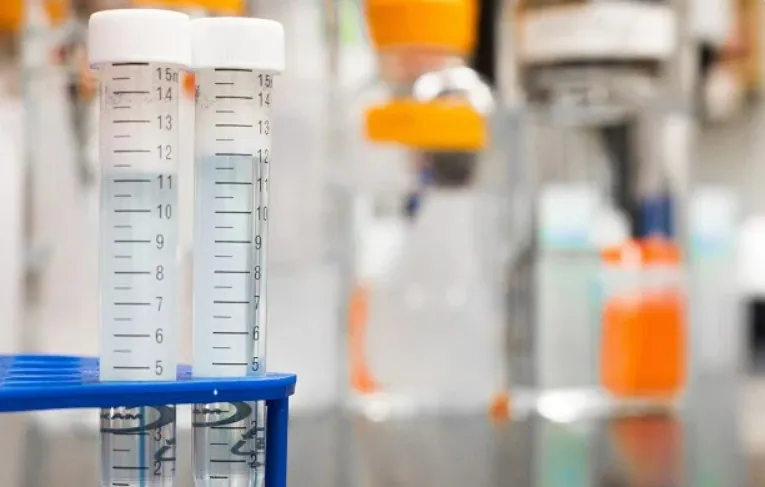Introduction
In today's world, drug testing has become a crucial aspect of various sectors, including employment, sports, and healthcare. Drug tests are designed to detect the presence of illicit substances or prescription medications in a person's system. This article aims to provide a comprehensive overview of drug testing, its purpose, and the procedures involved.
1. What is Drug Testing?
Drug testing refers to the process of analyzing biological samples to identify the presence of drugs or their metabolites in a person's body. It is commonly used in various settings to ensure safety, prevent substance abuse, and promote accountability.
2. The Purpose of Drug Testing
The primary purpose of drug testing varies depending on the context in which it is applied. Some of the key objectives include:
Safety: Drug testing is crucial in safety-sensitive industries to minimize the risk of accidents and injuries caused by impaired individuals.
Deterrence: In certain fields, drug testing acts as a deterrent, discouraging individuals from engaging in drug use.
Medical Diagnosis: Drug tests are utilized in healthcare settings to aid in diagnosing and treating medical conditions.
Compliance: Organizations may require drug testing to ensure compliance with regulations or policies.
3. Types of Drug Tests
3.1 Urine Drug Test
The urine drug test is one of the most common types of drug testing. It is non-invasive, cost-effective, and can detect recent drug use.
3.2 Blood Drug Test
Blood drug tests provide a precise measurement of drug levels in the bloodstream, making them highly accurate. They are often used in medical settings or investigations involving accidents.
3.3 Saliva Drug Test
Saliva drug tests are easy to administer and can detect recent drug use. They are commonly used in workplace settings.
3.4 Hair Drug Test
Hair drug tests have a longer detection window and can reveal historical drug use patterns.
3.5 Sweat Drug Test
Sweat drug tests, also known as patch tests, involve collecting sweat from the skin and can be useful in long-term monitoring of drug use.
4. Commonly Detected Substances
Drug tests can detect a wide range of substances, including illicit drugs like marijuana, cocaine, opioids, and amphetamines, as well as prescription medications such as benzodiazepines and opioids.
5. Factors Affecting Drug Test Results
Several factors can influence the accuracy of drug test results, including individual metabolism, hydration levels, and the sensitivity of the testing method.
6. Preparing for a Drug Test
Preparing for a drug test involves understanding the specific requirements and, if necessary, avoiding certain substances beforehand.
7. Drug Testing Procedures
7.1 Collection of Sample
The collection of the sample depends on the type of drug test being conducted. It is essential to follow proper protocols to maintain the integrity of the sample.
7.2 Sample Analysis
The collected sample undergoes rigorous analysis in a laboratory to identify the presence of drugs or their metabolites.
7.3 Interpreting the Results
Interpreting the drug test results requires expertise to avoid false positives or negatives.
8. Legal and Ethical Considerations
Drug testing raises legal and ethical considerations, including individual privacy rights and anti-discrimination measures.
9. Drug Testing in the Workplace
Workplace drug testing is becoming more prevalent as employers aim to create a safe and productive work environment.
10. Drug Testing in Sports
Drug testing in sports is essential to maintain fair competition and ensure athletes' health and safety.
11. Drug Testing in Healthcare
In healthcare settings, drug testing assists in diagnosing and monitoring patients, ensuring the safe and effective use of medications.
12. Accuracy and Reliability of Drug Tests
Understanding the accuracy and reliability of drug tests is crucial for making informed decisions based on the results.
13. Advantages and Disadvantages of Drug Testing
Drug testing has its benefits and drawbacks, and it is essential to consider these before implementing a testing program.
14. Debunking Common Myths
There are several misconceptions surrounding drug testing that need to be addressed to promote a better understanding of the process.
15. Conclusion
In conclusion, drug testing plays a vital role in various aspects of society, including workplaces, sports, and healthcare. It serves as a powerful tool to ensure safety, deter drug use, and promote accountability. However, it is crucial to implement drug testing programs responsibly, considering legal, ethical, and privacy implications.










